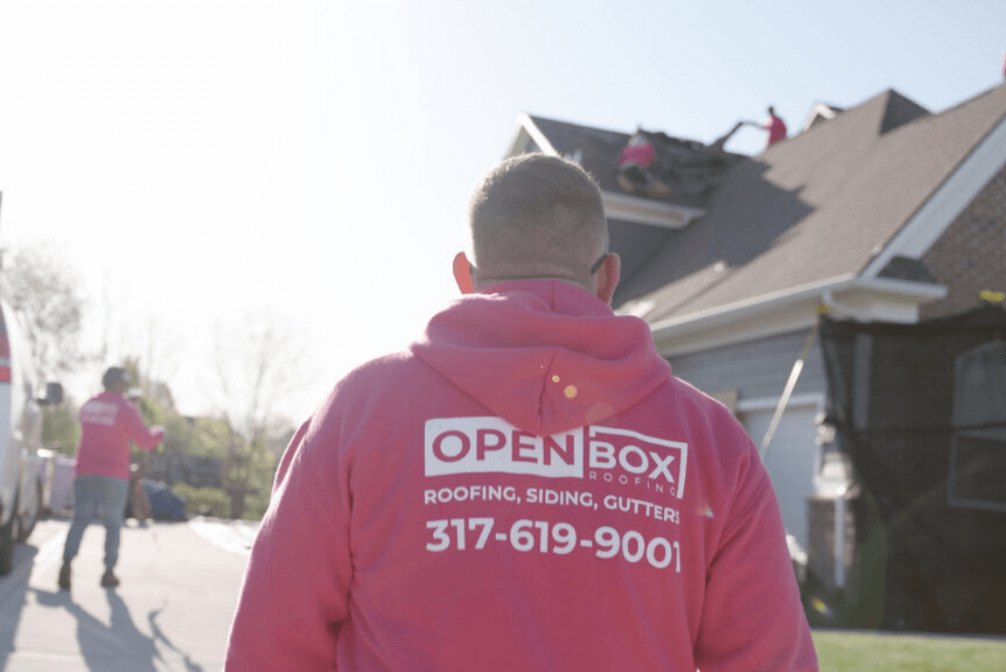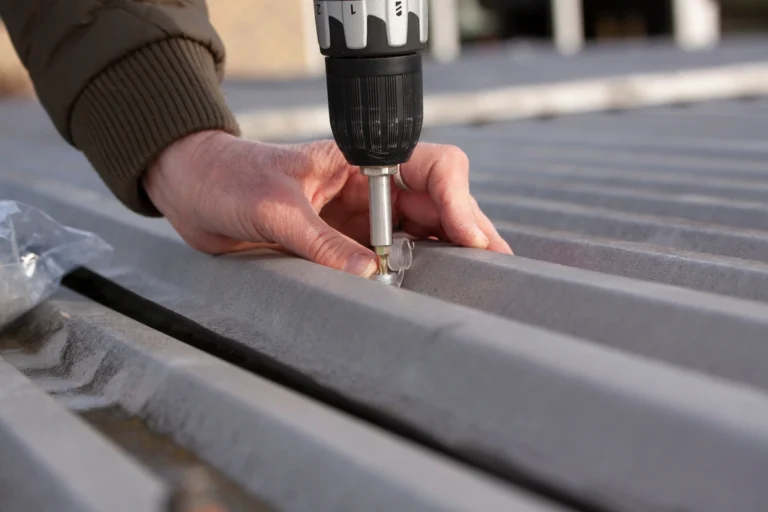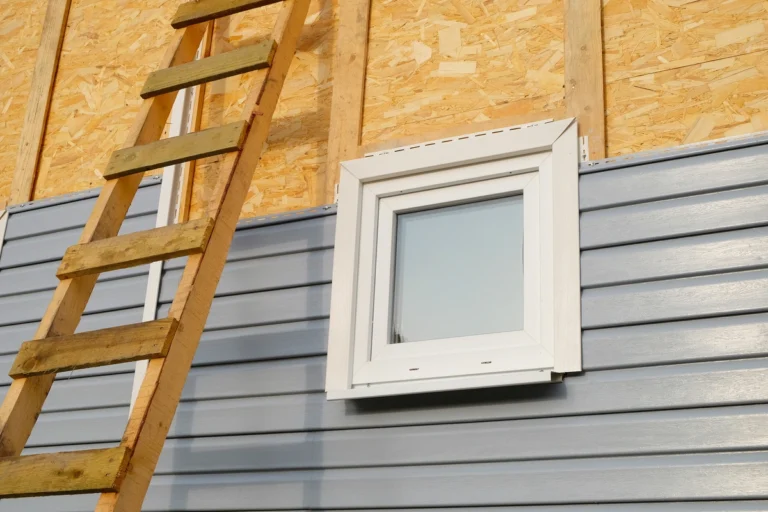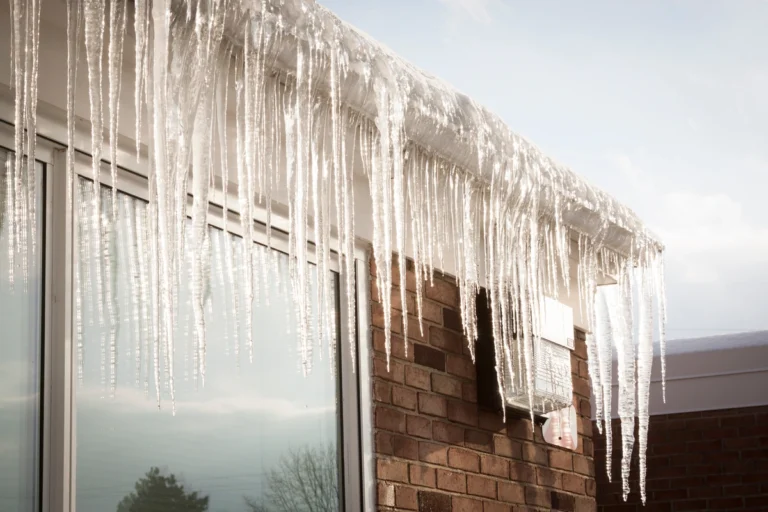Your front door is more than just an entry point; it’s the gateway to your home’s style, security, and energy efficiency. Choosing the right material for your front door is crucial for both aesthetics and functionality.
In this blog post, we’ll explore everything you need to know about selecting the best material for front door installations, including:
- Why regular replacement is essential
- The impact of material choice
- Popular options
- Cost considerations
- Longevity expectations
Why Regularly Replace Your Front Door?

Your front door endures constant exposure to the elements, daily use, and potential security threats. Over time, wear and tear can compromise its performance, appearance, and safety. Here are compelling reasons why regular door replacement is crucial:
- Enhanced Security: Old doors may have weakened locks or structural vulnerabilities, making your home susceptible to intruders.
- Improved Energy Efficiency: Aging doors often develop drafts, leading to energy loss and higher utility bills.
- Enhanced Curb Appeal: A worn-out door can detract from your home’s exterior aesthetics, impacting its overall value.
- Better Insulation: Upgrading to a modern, well-insulated door can regulate indoor temperatures and reduce noise pollution.
Why the Material of Your Door Makes a Difference
The material of your front door significantly impacts its performance, durability, and visual appeal. Each material has unique characteristics that cater to different needs and preferences. Consider the following factors when evaluating door materials:
- Security: Some materials offer superior strength and resistance to forced entry, enhancing your home’s security.
- Insulation: The thermal properties of the material determine its ability to prevent heat transfer, affecting your home’s energy efficiency.
- Aesthetics: Different materials provide varied textures, finishes, and design options, allowing you to achieve your desired look.
- Maintenance: Certain materials require more upkeep than others, influencing the time and effort needed to preserve your door’s condition.
5 Popular Front Door Materials
Several materials are commonly used for front doors, each with its own set of advantages and considerations:
1) Wood:
Traditional and timeless, wooden doors offer warmth, elegance, and versatility in design. However, they may require regular maintenance to prevent warping, rotting, or fading.
2) Steel:
Highly durable and secure, steel doors are resistant to dents, cracks, and weather damage. They often feature a foam core for insulation and can be painted in various colors. However, they may be susceptible to rust if not properly maintained.
3) Fiberglass:
Combining the strength of steel with the aesthetics of wood, fiberglass doors are low-maintenance and highly customizable. They resist warping, cracking, and rotting, making them ideal for humid climates. However, they may be more expensive than other options.
4) Aluminum:
Lightweight and corrosion-resistant, aluminum doors are suitable for modern and contemporary designs. They require minimal maintenance and offer good insulation properties. However, they may not provide as much security as steel or solid wood.
5) Composite:
Made from a blend of materials, composite doors offer the benefits of wood and fiberglass without their drawbacks. They are durable, energy-efficient, and resistant to moisture and insects. However, they may be pricier than other options.
How to Choose the Right Material for You
Selecting the best material for your front door requires careful consideration of your priorities, budget, and local climate. Here’s a step-by-step guide to help you make an informed decision:
- Assess Your Needs: Determine your priorities regarding security, insulation, aesthetics, and maintenance requirements.
- Consider Your Budget: Establish a realistic budget for your door replacement project, factoring in material costs, installation fees, and any additional features or upgrades.
- Evaluate Local Climate: Take into account the prevailing weather conditions in your area, such as humidity, temperature fluctuations, and exposure to wind or salt air.
- Research Material Options: Explore the characteristics, pros, and cons of each material to identify the one that aligns best with your needs and preferences.
- Consult with Professionals: Seek advice from reputable door manufacturers or contractors who can offer expert guidance based on your specific circumstances.
- Review Warranty and Maintenance Requirements: Read the warranty terms and maintenance recommendations for each material to ensure long-term satisfaction and performance.
How Much Should You Expect to Spend?
The cost of replacing your front door can vary significantly depending on several factors, including the chosen material, door size, style, and additional features. Here’s a rough estimate of the average costs associated with each material:
- Wood: $500 – $4,000
- Steel: $200 – $1,500
- Fiberglass: $150 – $3,000
- Aluminum: $300 – $2,000
- Composite: $500 – $2,500
It’s essential to obtain multiple quotes from different suppliers and contractors to ensure you’re getting a competitive price for your door replacement project.
How Long Will Your Door Last?
The longevity of your front door depends on various factors, including the material quality, installation technique, and maintenance regimen. Here’s a general lifespan expectancy for each material:
- Wood: 30-50 years with proper maintenance
- Steel: 20-30 years, depending on climate conditions and maintenance
- Fiberglass: 20-30 years, with minimal maintenance
- Aluminum: 15-30 years, depending on usage and environmental factors
- Composite: 25-30 years, with minimal maintenance
Regular inspections, repairs, and upkeep can extend the lifespan of your front door and ensure optimal performance over the years.
Maintenance Tips
To preserve the beauty and functionality of your front door, follow these maintenance tips:
🧽 Regular Cleaning:
Wipe down your door with a mild detergent and water solution to remove dirt, dust, and grime.
🔍 Inspect for Damage:
Routinely check for signs of wear, such as cracks, dents, or peeling paint, and address any issues promptly.
🛡️ Apply Protective Coatings:
Consider applying a fresh coat of paint or sealant every few years to protect the surface from moisture and UV damage.
💦 Lubricate Hinges and Locks:
Keep hinges and locks well-lubricated to ensure smooth operation and prevent rust or corrosion.
⛈️ Weather Stripping Replacement:
Replace worn or damaged weather stripping to maintain proper insulation and energy efficiency.
💧 Address Water Intrusion:
Fix any leaks or gaps around the door frame to prevent water intrusion and potential damage to the structure.
By following these maintenance guidelines, you can prolong the lifespan of your front door and enjoy its benefits for years to come.
Choose the Right Door Material With Our Help!

Your front door is a vital component of your home’s security, energy efficiency, and curb appeal. Choosing the right material requires careful consideration of factors such as security, insulation, aesthetics, and maintenance requirements. With the right material and care, your front door will continue to welcome you home with style and security.
Whether you’re leaning towards wood doors, a steel door, or something else, Open Box Roofing can help you find the perfect door material for your home! Contact us today to get started.






